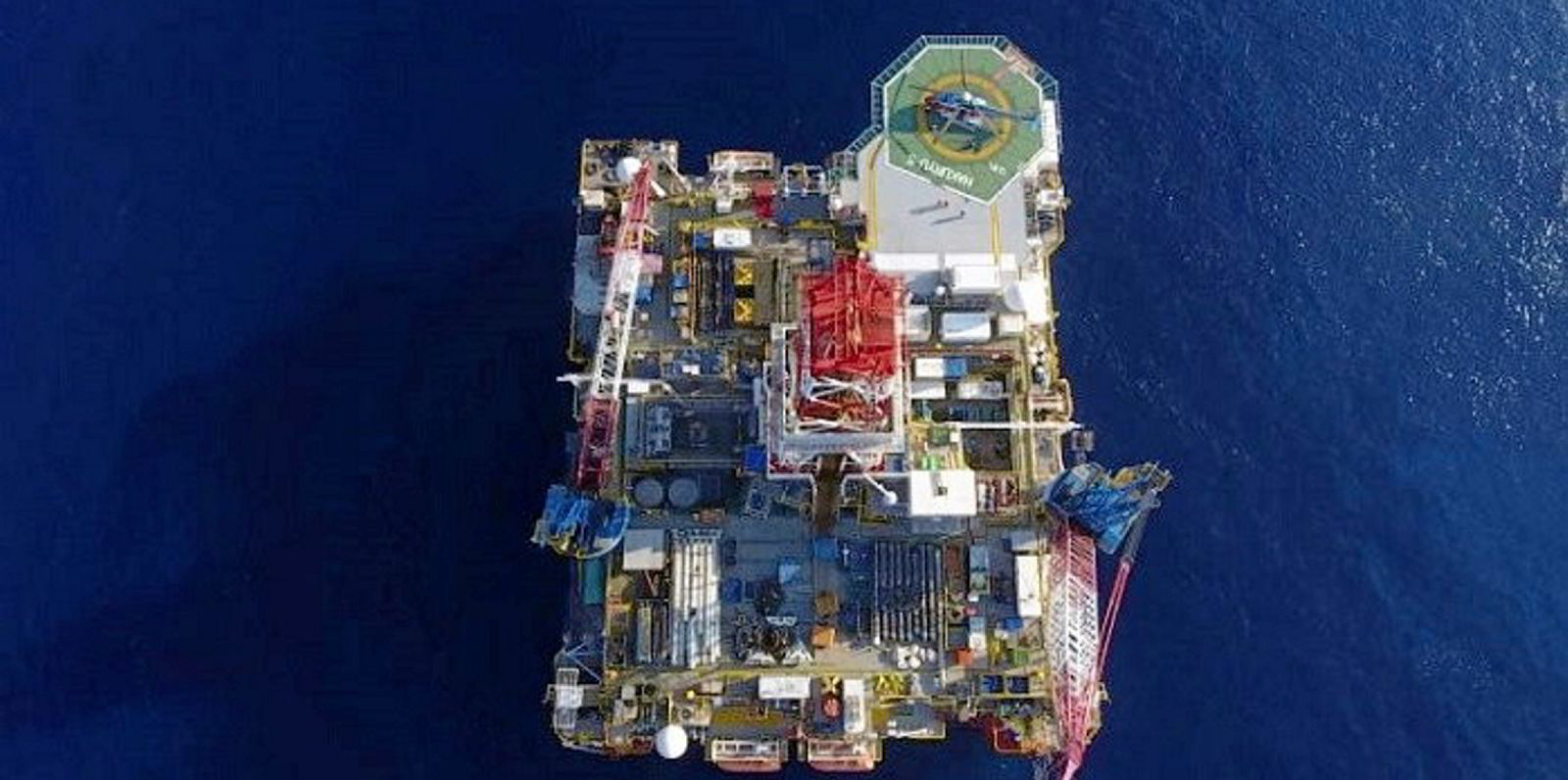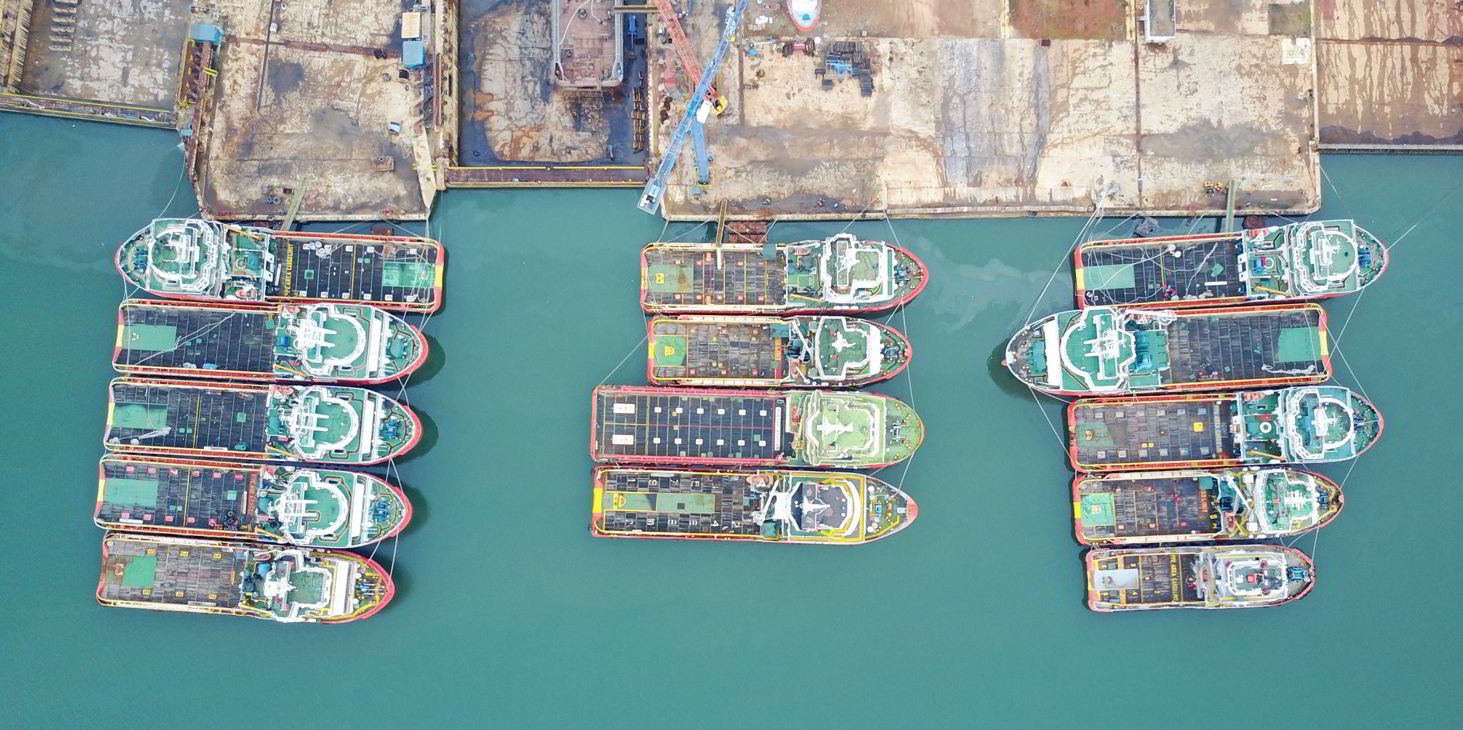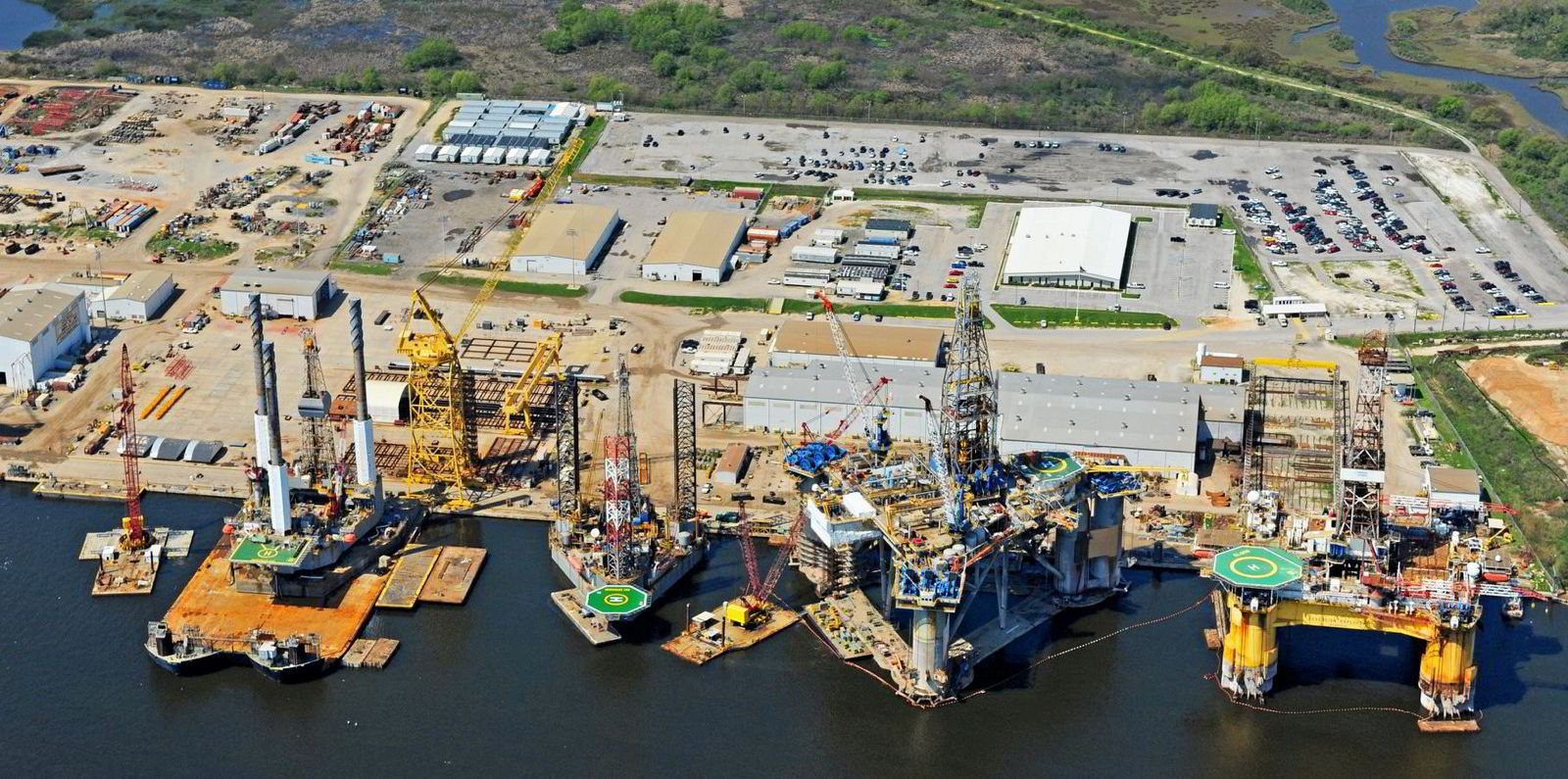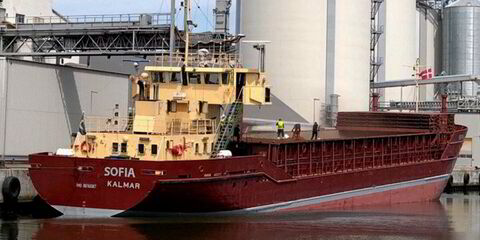Current energy shortages and an under investment in fossil-fuel projects could prove the necessary stimulus for a recovery in the offshore market.
The price of Brent crude is up 50% this year as businesses and consumers increase consumption of everything from petrol to aviation fuel as governments around the world lift Covid-19 restrictions.
In contrast, the amount of money spent on global upstream projects has plunged to near $300bn, less than half of the $650bn seen before the pandemic, Hess Corp chief operating officer Greg Hill told the Platts APPEC 2021 conference in Singapore recently.
“The oil industry as a whole is caught between investment imperatives,” Saad Rahim, the chief economist at Trafigura, told the same conference.
“For the foreseeable future, you are still likely to need 90m plus barrels a day of supply and it’s a question of how do you find investment to produce all of that,” he added.
UOB Kay Hian analyst Adrian Loh said in a recent research note that current long-term oil prices that are around the $60 a barrel levels are “supportive of higher industry capex [capital expenditure]”.
The Singapore-based analyst has just raised his rating on the city-state’s offshore industry, arguing that with the competitive utilisation of offshore rigs approaching pre-pandemic levels industry activity is expected to pick up in 2022.
Loh said the total number of rigs globally has fallen by just over 5% in the year to date to 730, with semi-submersibles showing the largest drop in percentage terms.
“According to our channel checks, out of the 34 rigs that have been taken out of the market, 12 were sold for scrap, thus implying that the other 22 rigs were repurposed for other industries or uses,” he said.
“In addition, the rigs that have remained in the market have seen higher activity, with the percentage of inactive rigs over the total available rigs decreasing since the start of 2021.”

Looking at future projects, Loh said the demand for production assets appears to have “meaningful upside” in the next few years, which could have positive ramifications for both Keppel Corp and Sembcorp Marine.
According to analysts at Oslo-based energy intelligence outfit Rystad Energy, up to $70bn of offshore oil projects could be sanctioned by 2023 with another $50bn of offshore gas projects sanctioned by 2024.
Rystad recently reported that China was looking to boost oil and gas production to meet climbing domestic demand and reduce the record-high share of imports in its oil consumption.
“China’s national oil companies are expected to splurge more than $120bn on drilling and well services in the five-year period of 2021 to 2025, seeking to meet the rising oil and gas demand,” it said.
“At the same time, the country aims to supply more of its oil demand from domestic sources, after the share of imported crude oil has risen steadily from 2014 to a high of almost 75% last year.”
Loh said that activity in the oil and gas industry should strengthen and lead to a revival in the offshore marine industry, the sector could see a cyclical upturn begin in the next six to 12 months.
“This assumes that the current wave of Covid-19 infections globally is dealt with in a reasonably quick manner and that governments are able to treat the virus as an endemic,” Loh said.
Peter Lee, senior oil and gas analyst at Fitch Solutions, said the offshore sector is showing “signs of life”, thanks to stronger oil prices and rebounding risk appetite among firms, and this presents opportunities for companies in the sector, including those based in Singapore.
The market improvement is also feeding through to the share prices of the few remaining Singapore-listed offshore vessel operators and shipyards.
While those of Keppel Corp and Sembcorp Marine have not re-rated yet due to the uncertainty around their potential merger, smaller players have seen a major upside.
Kim Heng has seen its shares increase by over 190% in the year to date, while ASL Marine has seen its stock increase in value by 100%.





